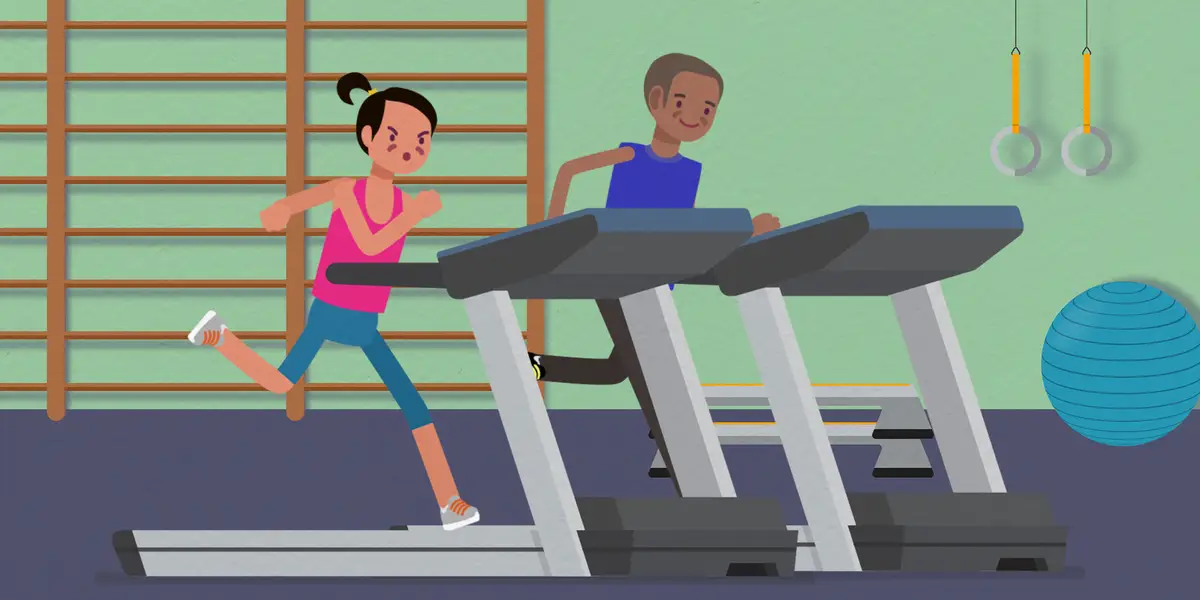In the pursuit of fitness, it’s easy to push ourselves too far. Discover the subtle but crucial signs of overexercising that demand your attention.
Pushing your body to its limits can lead to incredible results and a sense of accomplishment that’s hard to beat. However, like most things in life, there can be too much of a good thing – even when it comes to exercise.
Fitness expert TJ Mentus, CPT, from Garage Gym Reviews, highlights four signs of overexercising for a balanced fitness approach. Overexertion, despite the “No pain, no gain” motto, can harm long-term health.
A 2019 BMJ Open Sport & Exercise Medicine study showed overtraining’s negative effects, from burnout to injuries. Another 2023 study in the International Journal of Environmental Research and Public Health underlines the risks, including extreme fatigue.
4 Signs of Overexercising, According To Experts
1. Performance Decline
A 2021 Frontiers in Network Physiology study suggests poor performance is a key overexercising indicator. Struggling to lift weights, quick fatigue, or needing extended rests during workouts are telltale signs. Persistent issues over a week signal the need for change.
2. Elevated Resting Heart Rate
Vigorous exercise may jeopardize heart health, according to a 2019 PLOS One study. A high resting heart rate may indicate an overworked nervous system. Stress hormones keep the body on high alert, affecting heart rate regulation.
3. Sleep Problems
Overtrained athletes experience sleep reduction, per a 2018 Frontiers in Physiology article. Increased stress levels from intense workouts disrupt sleep. Elevated stress hormones keep the body alert, hindering necessary rest.
4. Appetite Loss
A 2017 Nutrients study reveals intense exercise leads to appetite loss. An active sympathetic nervous system slows digestion as energy redirects to perceived danger.
Reduced appetite worsens signs of overexercising due to inadequate nutrient intake.
To exercise effectively:
- Listen to Your Body: Rest when experiencing pain or fatigue to allow proper recovery.
- Set Realistic Goals: Align fitness objectives with abilities for sustainable progress.
- Incorporate Variety: Mix activities like cardio, strength training, and enjoyable exercises.
- Warm Up and Cool Down: Start with warmups and end with gentle stretches.
- Prioritize Recovery: Ensure adequate sleep, a balanced diet, and stress management.
- Seek Professional Guidance: Consult certified trainers for tailored workout plans.
- Mind Nutrition: Consume anti-inflammatory foods to fuel and recover.
- Track Progress: Keep a record of exercises and progress for motivation and adjustments.
Pay attention to these signs for a healthier and more successful fitness journey!








Leave a Reply
You must be logged in to post a comment.